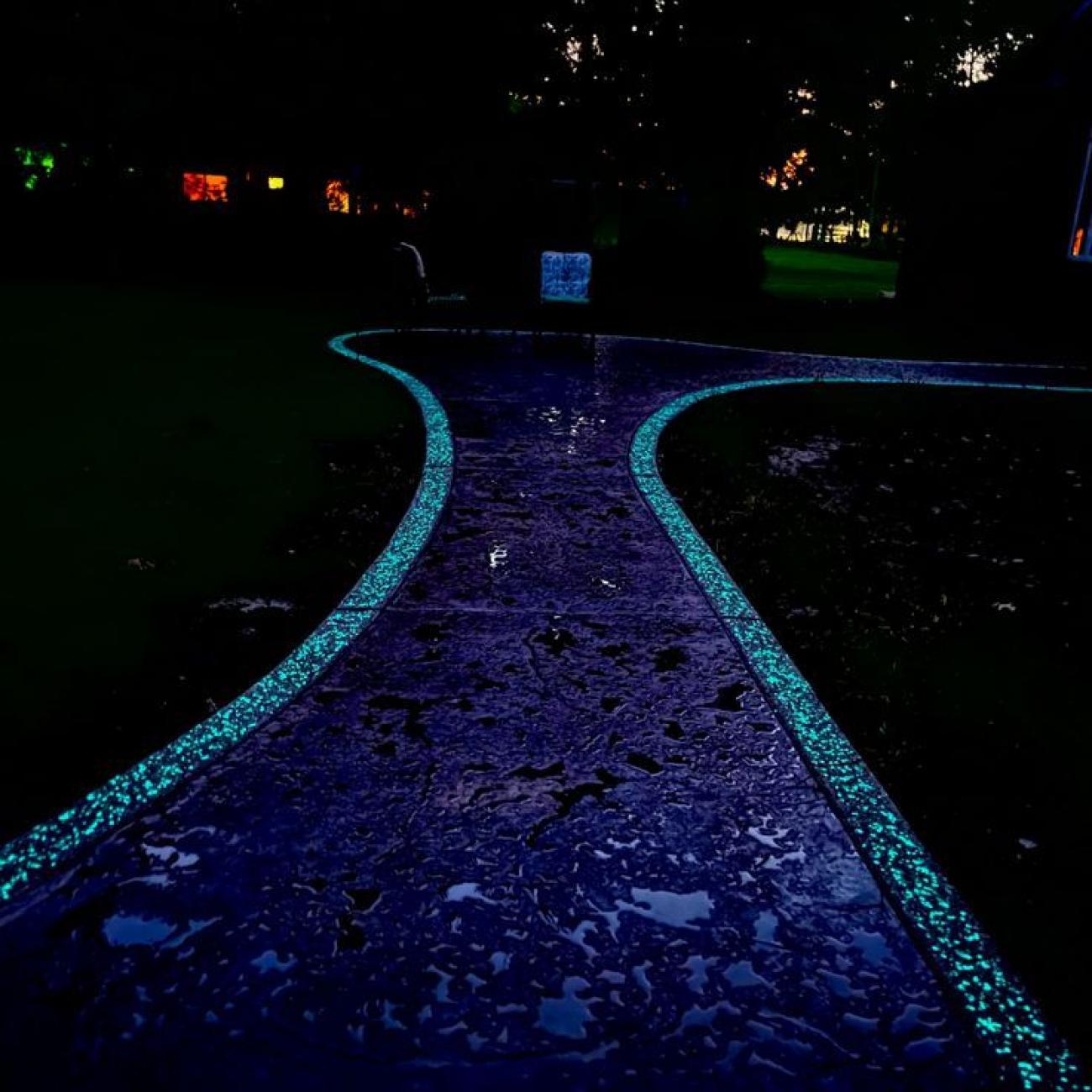

What is Photoluminescent Concrete?
Photoluminescent concrete is a special type of material that contains light-sensitive components, enabling it to absorb sunlight during the day and emit a soft glow at night. This characteristic makes it an ideal choice for decorative applications, enhancing outdoor safety, and providing illumination without the need for electrical systems [1]

Photoluminescent particles are directly mixed into the concrete blend.
These particles absorb energy when exposed to light and glow in the dark.

Photoluminescent powder (commonly SrAl₂O₄:Eu²⁺/Dy³⁺) is dispersed within a cement or mortar matrix.
It can be evenly distributed throughout the material or applied as a surface coating.

Incorporates glowing polymer fibers either in layers or as light-guiding elements.
The direction of light transmission can be controlled, making it suitable for decorative or guided lighting structures [2].

Photoluminescent concrete (LCCM) operates based on long-afterglow phosphor materials, especially SrAl₂O₄:Eu²⁺/Dy³⁺:
Daytime: The photoluminescent particles absorb light energy (sunlight or UV).
Nighttime: The stored energy is gradually released as visible light (greenish-yellow with wavelengths of 510–520 nm).
The glow effect can last for more than 8 hours after light exposure ends, thanks to its long-persistent phosphorescence [2].

The diagram illustrates the transformation process from regular concrete to photoluminescent concrete through UV activation:
Initially, the concrete block appears gray with a typical structure.
When exposed to UV rays, the embedded photoluminescent particles absorb the energy.
The concrete then emits a characteristic green glow, becoming photoluminescent and self-illuminating in the dark.

(a) Samples containing luminous powder glow green with varying intensity based on material distribution after 5 minutes of UV exposure (365 nm).
(b) The same sample under regular light shows no glow—used as a control for (a) and (c).
(c) A large slab glows uniformly after UV exposure, indicating even distribution of luminous powder.
Applications

Photoluminescent concrete is widely used in outdoor pathways, bike lanes, and driveways. It offers visual guidance at night without electrical lighting. The soft glow enhances safety while adding a modern, eco-friendly aesthetic.

In areas like parks, plazas, sidewalks, or pedestrian paths, this material serves as a sustainable lighting solution. It improves nighttime visibility and reduces energy use—especially useful where traditional lighting is impractical or undesirable.

With its striking glow, photoluminescent concrete is used in garden art, miniatures, fountains, or architectural highlights. It creates magical, unique visual experiences in designed outdoor environments.
[1] S. Sundari, Experimental Study on Luminescent Concrete, International Research Journal of Engineering and Technology (IRJET), vol. 8, no. 6, Jul. 2021. [Online]. Available: IRJET Paper
[2] W. Wang et al., Self-luminescent cement-based composite materials: Properties and mechanisms, Construction and Building Materials, vol. 271, Feb. 2021. [Online]. Available: ScienceDirect Article
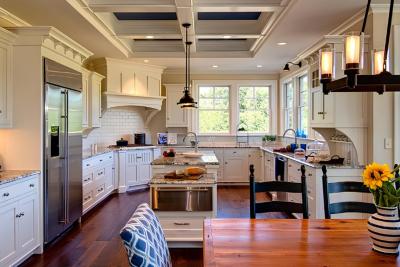
The News 14/12/2025
Architectural Digest gợi ý Cloud Dancer phù hợp với plush fabrics và những hình khối “mềm”, tránh cảm giác cứng/rigid; họ liên hệ nó với cảm giác “weightless fullness” (nhẹ nhưng đầy) [3]. Đây là cơ hội cho các dòng vải bọc, rèm, thảm, bedding: màu trắng ngà làm nổi sợi dệt và tạo cảm giác chạm “ấm”.Pantone has announced the PANTONE 11-4201 Cloud Dancer as the Color of the Year 2026: a "buoyant" and balanced white, described as a whisper of peace in the midst of a noisy world. This is also the first time Pantone has chosen a white color since the "Color of the Year" program began in 1999. Pantone calls Cloud Dancer a "lofty/billowy" white tone that has a relaxing feel, giving the mind more space to create and innovate [1].
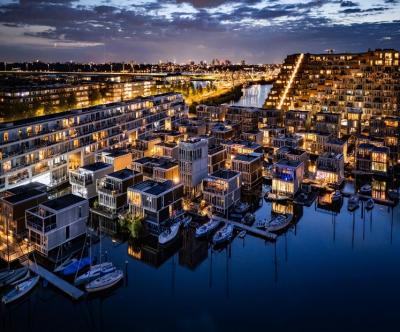
The News 04/12/2025
The Netherlands is one of the most vulnerable countries to climate change, with about a third of its area lying below sea level and the rest regularly at risk of flooding. As sea levels are forecast to continue to rise and extreme rains increase, the government is not only strengthening dikes and tidal culverts, but also testing new adaptation models. Floating housing in Amsterdam – typically the Waterbuurt and Schoonschip districts – is seen as "urban laboratories" for a new way of living: not only fighting floods, but actively living with water. In parallel with climate pressures, Amsterdam faces a shortage of housing and scarce land funds. The expansion of the city to the water helps solve two problems at the same time: increasing the supply of housing without encroaching on more land, and at the same time testing an urban model that is able to adapt to flooding and sea level rise.
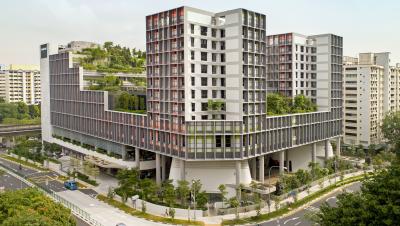
The News 20/11/2025
Kampung Admiralty - the project that won the "Building of the Year 2018" award at the World Architecture Festival - is a clear demonstration of smart tropical green architecture. With a three-storey "club sandwich" design, a natural ventilation system that saves 13% of cooling energy, and a 125% greening rate, this project opens up many valuable lessons for Vietnamese urban projects in the context of climate change.
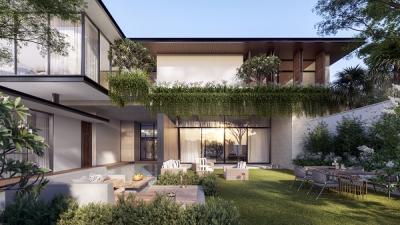
The News 10/11/2025
In the midst of the hustle and bustle of urban life, many Vietnamese families are looking for a different living space – where they can enjoy modernity without being far from nature. Tropical Modern villa architecture is the perfect answer to this need. Not only an aesthetic trend, this is also a smart design philosophy, harmoniously combining technology, local materials and Vietnam's typical tropical climate.
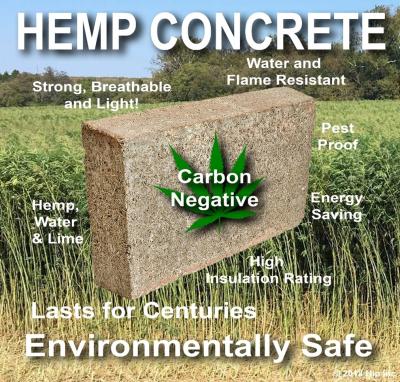
The News 25/10/2025
Hemp-lime (hempcrete) is a non-load-bearing covering material consisting of a hemp wood core (hemp shiv/hurd) combined with a lime-based adhesive, outstanding for its insulation – moisture conditioning – indoor environmental durability; in particular, IRC 2024 – Appendix BL has established a normative line applicable to low-rise housing, strengthening the technical-legal feasibility of this biomaterial.
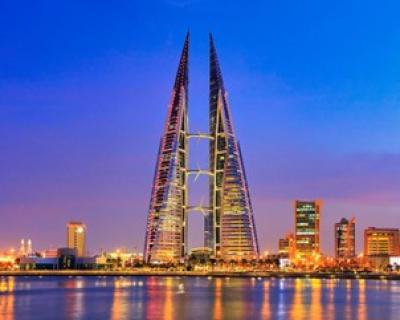
The News 11/10/2025
Amid rapid urbanization and global climate change, architecture is not only construction but also the art of harmonizing people, the environment, and technology. The Bahrain World Trade Center (BWTC)—the iconic twin towers in Manama, Bahrain—is a vivid testament to this fusion. Completed in 2008, BWTC is not only the tallest building in Bahrain (240 meters) but also the first building in the world to integrate wind turbines into its primary structure, supplying renewable energy to itself [1]. This article explores the BWTC’s structural system and design principles, examining how it overcomes the challenges of a desert environment to become a convincing sustainable model for future cities. Through an academic lens, we will see that BWTC is not merely a building but a declaration of architectural creativity.